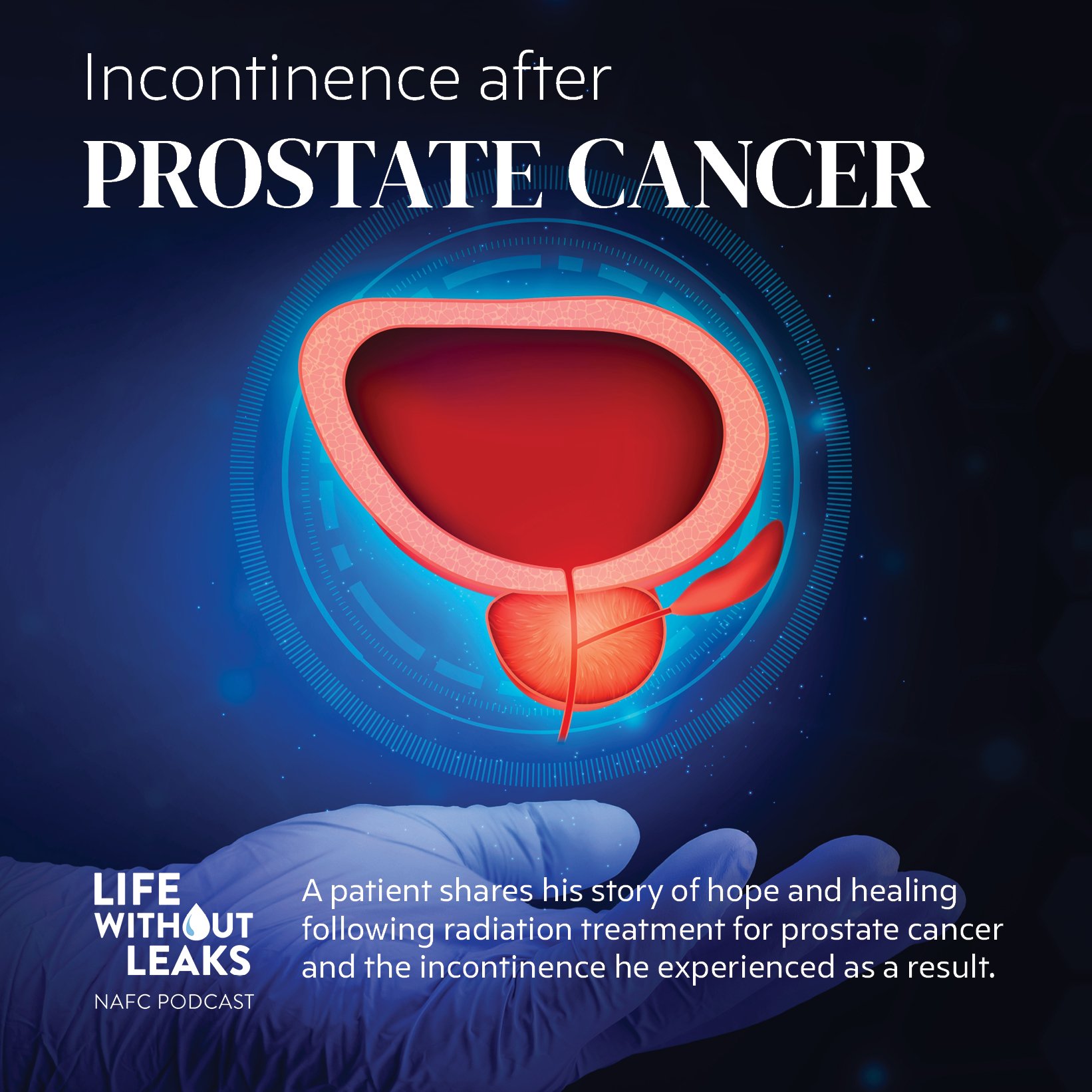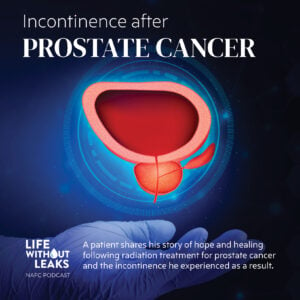Enlarged prostates are common as you age. Men aged 60 and older have a 50/50 chance of having an enlarged prostate and those who are 85 have a 90% chance. Those may be scary stats, but what exactly does having an enlarged prostate mean? Is it something to worry about? And if so, what are the treatment options? Keep reading to learn more about this very common condition and what it may mean for you.
Anatomy Review – function of the prostate
The main function of the prostate glad is to serve as a reproductive organ. It is responsible for producing prostate fluid, which is one of the main components of semen. The prostate gland muscles also help to transport semen into the urethra during ejaculation.
The prostate gland sits just below the bladder, where the bladder and urethra (the tube that inside the penis that carries urine and semen out of the body) connect. In early life, it’s about the size and shape of a chestnut, and grows to different sizes throughout a man’s life.
What causes the prostate to get enlarged?
As men age, the prostate gland grows. It’s estimated than as many as 17 million men have an enlarged prostate, or symptoms of Benign Prostate Hyperplasia (BPH). While it’s unclear why the prostate begins to grow, its thought that an excess of certain hormones may be to blame.
Symptoms of an enlarged prostate include the following:
-
A weak or interrupted urinary stream
-
The sudden urgency to urinate
-
Frequent urination
-
An inability to empty the bladder during urination
-
Trouble initiating urine flow, even when you feel like your bladder is full.
Should I worry?
Even if your prostate becomes enlarged, it may never become an issue for you. The problems start when the prostate begins to constrict or block the urethra. This can compromise the bladder’s ability to effectively empty, causing chronic retention of urine. And, because the bladder still continues to send signals that it needs to empty, urgency and frequency can occur (this is also known as overactive bladder). If left for too long, the bladder may become distended, making it even harder for it to empty completely.
For these reasons, it’s important to see your doctor right away if you start experiencing any of the symptoms listed above. Additionally, the symptoms of an enlarged prostate can also mimic those of other conditions, such as bladder cancer or overactive bladder. Your doctor will be able to help diagnose your condition to determine an appropriate treatment.
What’s the treatment for an enlarged prostate?
There are many treatment options for enlarged prostate, depending on your symptoms.
Active surveillance, or “watchful waiting” is a term used to describe the act of monitoring your condition regularly for any changes. This approach is often used for men whose symptoms are mild and not too bothersome.
There are several medications that are approved for BPH, but most of them fall into two categories: Alpha blockers and inhibitors. Both are effective at treating BPH and sometimes are even prescribed in combination with each other.
Non-invasive treatment options include things like laser therapy, which decreases the size of the prostate by removing some of the tissue, or laser vaporization, which enlarges the prostate obstruction and opens the urethra. Transurethral microwave therapy or transurethral needle ablation are other non-invasive treatment options that destroy excess prostate tissue that is causing blockage.
Finally, surgery is also commonly used to help relieve symptoms of an enlarged prostate. The most common form of surgery is transurethral resection of the prostate, or TURP. This surgery requires no incisions, relying instead on a surgical instrument inserted through the tip of your penis and the urethra. Using this tool, the doctor is able to trim excess prostate tissue that may be preventing the flow of urine.
Other less common surgeries are also used to both trim excess tissue from the prostate, or to decrease pressure on the urethra in order to make urinating easier. You can read more about additional surgical options here.







One Response
my prostate is enlarged